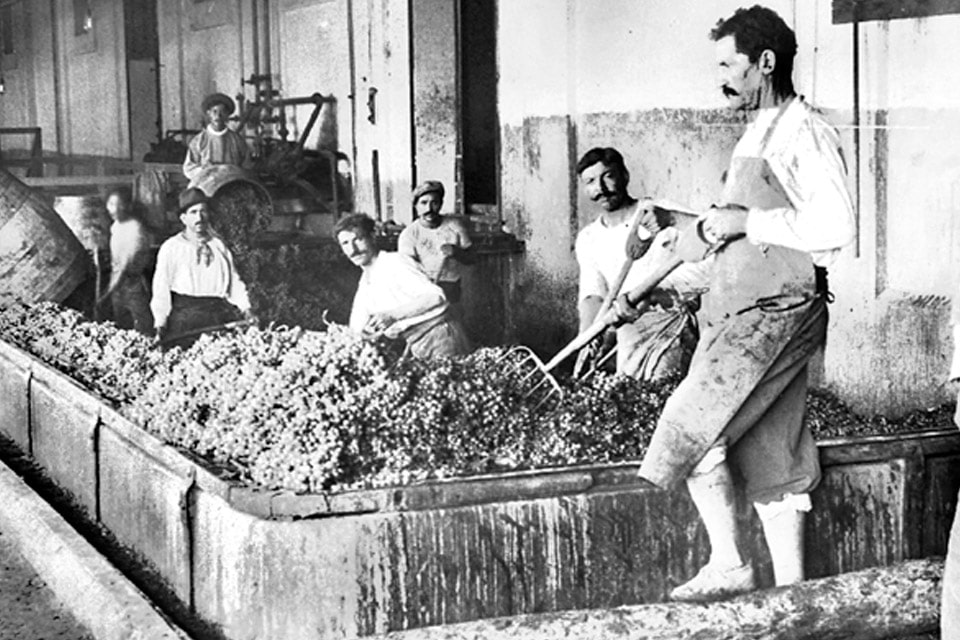The Rich History of Chilean Wine: A Journey Through Time?
When we talk about the world's great wine-producing regions, Chile proudly stands among them. Blessed with a unique geography nestled between the Andes Mountains and the Pacific Ocean Chile has a winemaking tradition that dates back nearly 500 years. From the first vines planted by Spanish conquistadors to today's internationally acclaimed vintages, Chilean wine has a fascinating history of passion, perseverance, and innovation.
The Origins: Spanish Influence (1500s)
The story begins in the mid-16th century, when Spanish settlers first brought Vitis vinifera (the common grapevine) to Chile. Missionaries, particularly Catholic priests, needed wine for religious ceremonies, and soon, small vineyards began to flourish. These early vines, often known as "País" (or "Mission" grape), became the foundation of Chile's wine culture.
Simple at first, the production grew steadily as settlers recognized Chile’s incredible potential for viticulture its Mediterranean-like climate, fertile soil, and natural geographic protection from pests and disease.
19th Century: French Inspiration and Transformation
While Chile had a stable wine industry by the 18th century, it was the 19th century that truly revolutionized Chilean wine. Inspired by the elegance of French wines, Chilean aristocrats who traveled to Europe brought back cuttings of Cabernet Sauvignon, Merlot, Carmenère, and Sauvignon Blanc from Bordeaux.
Chilean winemakers began adopting French winemaking techniques, elevating the quality and complexity of their wines. Fascinatingly, while the phylloxera plague devastated European vineyards during this time, Chile remained unaffected thanks to its natural isolation allowing Chile to preserve many original European grape varieties on their own roots.
One of the most remarkable stories is the rediscovery of Carmenère in Chile. Long thought extinct after phylloxera in France, this ancient grape was found thriving in Chilean vineyards in the 1990s, adding a unique signature to Chile’s wine identity.
20th Century: Challenges and Growth
The 20th century brought both challenges and opportunities. Political changes and economic instability in the 1970s and 1980s slowed the wine industry’s development. However, beginning in the late 1980s, after the return of democracy, Chile experienced a wine renaissance.
With foreign investments, modernization of wineries, and a renewed focus on quality over quantity, Chilean wines began winning international awards and gaining prestige in global markets. Major players like Concha y Toro, Santa Rita, and Montes became household names worldwide.
Today: A Modern Wine Powerhouse
Today, Chile is recognized as one of the world's top wine exporters, known for its diversity, consistency, and incredible value. The country’s wine regions from the Maipo Valley to the Colchagua, Casablanca, and the remote Elqui Valley each bring unique expressions of terroir and grape variety.
Sustainability has become a major focus, with many Chilean wineries adopting organic, biodynamic, and sustainable farming practices to preserve the environment for future generations.
Chilean winemakers continue to innovate experimenting with high-altitude vineyards, dry-farming techniques, and rare indigenous grapes while staying true to their deep roots.
A Legacy in Every Bottle
Every bottle of Chilean wine carries the legacy of centuries of tradition, a passion for excellence, and the spirit of a nation defined by resilience and creativity. From the historic País grape to the powerful Cabernet Sauvignons and signature Carmenères of today, Chilean wine invites you to experience a taste of history with every sip.
Cheers or as we say in Chile, ¡Salud!

